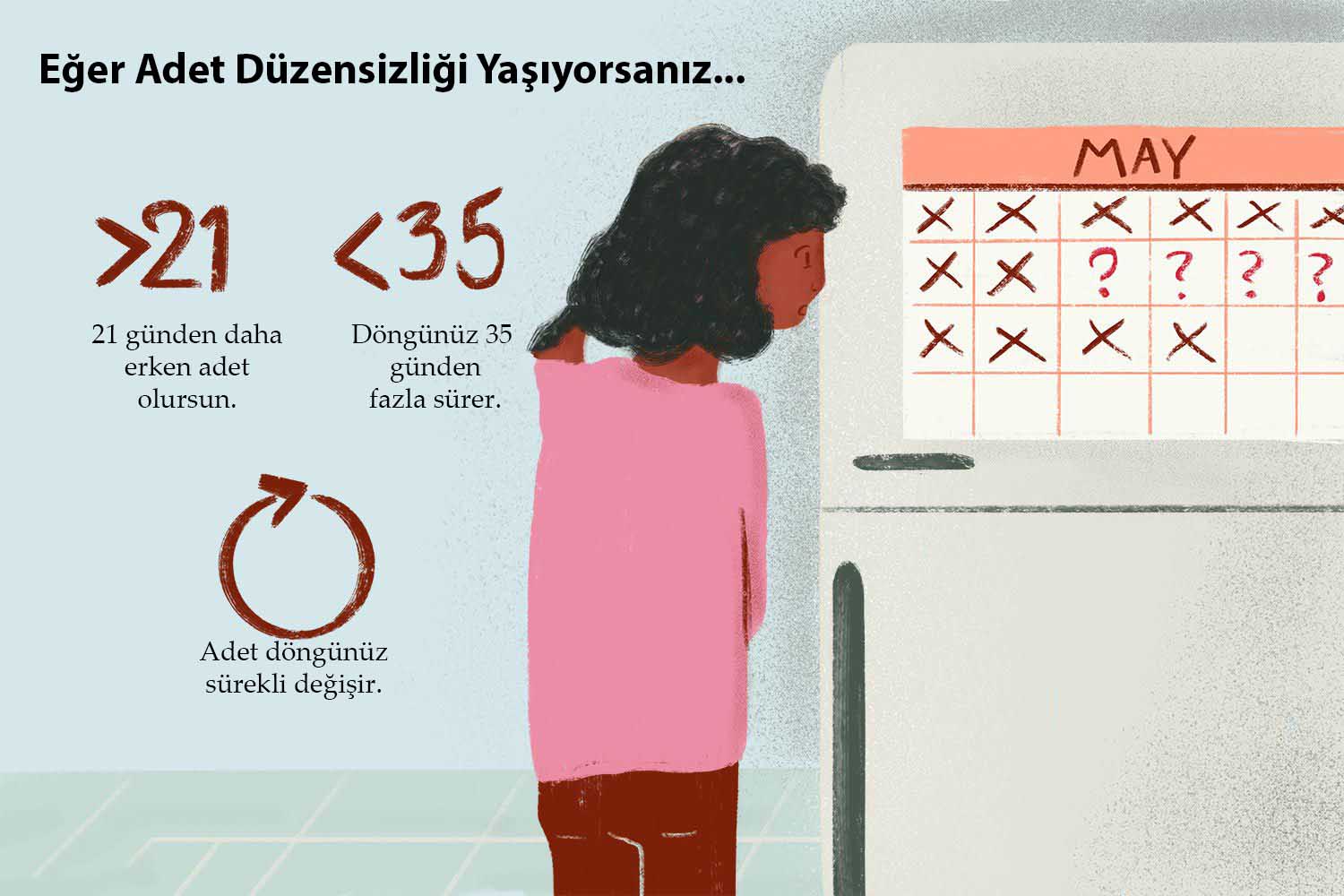Understanding 500 Megabytes: What It Is and How It Affects Your Digital Life

As technology continues to advance, digital storage space has become more accessible and affordable. However, with the vast amount of information we generate every day, it’s easy to get overwhelmed and confused by the different storage options available. In this article, we will explore what 500 megabytes (MB) means, how it compares to other storage options, and how it affects your digital life.
1. What is 500 Megabytes?
500 megabytes (MB) is a unit of digital storage that represents 500 million bytes of information. In simpler terms, it is equivalent to half a gigabyte (GB) or 0.5 GB. It’s important to note that storage space is not the same as memory, which is the amount of data that a device can access and process at any given time. Storage space refers to the amount of data that can be stored on a device, such as a hard drive, flash drive, or memory card.
2. Understanding Data Storage
Before we delve deeper into 500 megabytes, it’s important to have a basic understanding of how digital storage works. All digital data, such as text documents, images, videos, and music, is stored in binary code, which is made up of a series of 0s and 1s. These binary digits are then grouped together into bytes, which are used to represent characters, symbols, or instructions. A byte is made up of 8 bits, which can either be a 0 or a 1.
3. How Much Can 500 Megabytes Hold?
The amount of data that 500 megabytes can hold depends on the type of files you are storing. For example, 500 MB can store approximately:
- 1500 high-resolution photos
- 200 songs (with an average file size of 2.5 MB per song)
- 3 hours of HD video (with an average file size of 5 GB per hour)
- 10,000 pages of text documents (with an average file size of 50 KB per page)
It’s important to note that these are approximate values, as the actual file size may vary depending on the format, compression, and quality of the files.
4. The Evolution of Digital Storage
The concept of digital storage dates back to the early 20th century, when punch cards and magnetic tapes were used to store and process data. In the 1950s, the first hard disk drive (HDD) was invented, which allowed for faster and more reliable storage of large amounts of data. Since then, digital storage has undergone numerous transformations, from floppy disks and CDs to USB drives and cloud storage.
5. 500 Megabytes vs. Other Storage Options
In today’s digital age, 500 megabytes is considered a relatively small amount of storage space, especially when compared to other options available.






